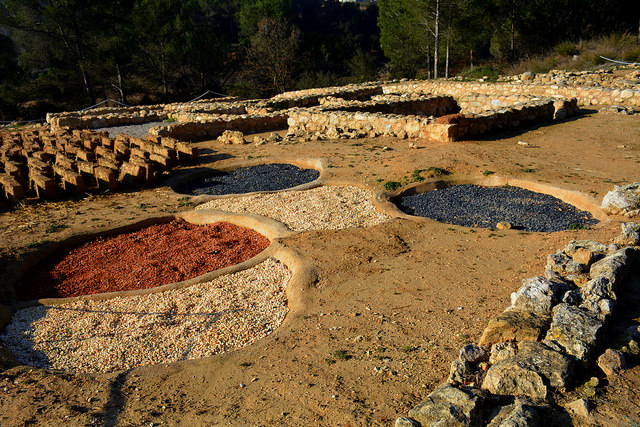A study of archaeological sites in Catalonia is under way using the most innovative genetic techniques
A study of archaeological sites in Catalonia is under way using the most innovative genetic techniques

Archaeologists, anthropologists and geneticists will be working side-by-side on the analysis of several archaeological sites in Catalonia. The project will be launched this July and will study archaeological remains from up to seven thousand years ago using the most advanced genetic sequencing techniques. The multidisciplinary team involves researchers from Pompeu Fabra University, the Institute of Evolutionary Biology (IBE CISC-UPF), the Autonomous University of Barcelona (UAB), and the companies Antropòlegs LAB and Triade Serveis Culturals, and will enjoy the collaboration of the Institute of Catalan Studies (IEC).
The scarce amount of DNA obtained from the samples, their poor condition and contamination with the DNA of other organisms or any person who has been in contact are some of the issues posed by the genetic study of archaeological samples. While new genetic analysis techniques are now applied to current samples routinely, in the case of ancient remains it has been necessary to carry out a technological optimization process.
“The improvement in mass DNA sequencing techniques will allow us to analyse the sites in detail, which correspond to periods ranging between the Neolithic and the early Iron Age”, says Ferran Casals, head of the Genomics Service at UPF. “With these methods we can get much more detailed information of the samples than with the techniques used so far as they analyse a larger number of genomic regions”, comments Assumpció Malgosa, full professor of Physical Anthropology and head of the Osteobiogography research group at the UAB.
The study will be carried out, among others, at the sites of la Cova dels Voltors or Montanissell (Alt Urgell) and the tombs of Mas d’En Boixos (Alt Penedès), and will enable learning more about kinship between individuals, degrees of cosanguinity and genetic diversity and the origin of some individuals. “These results, together with archaeological and anthropological data, will help to understand cultural, social and population-related aspects of the inhabitants of Catalonia at different prehistoric times”, says Jaume Bertranpetit, full professor of Evolutionary Biology at UPF, head of the Evolutionary Systems Biology research group at the IBE (CSIC-UPF), and member of the IEC.
pciture 1: Jaciment Ibèric de la Font de la Canya, Avinyonet del Penedès - Angela Llop
Picture 2: Members of the project - UPF
